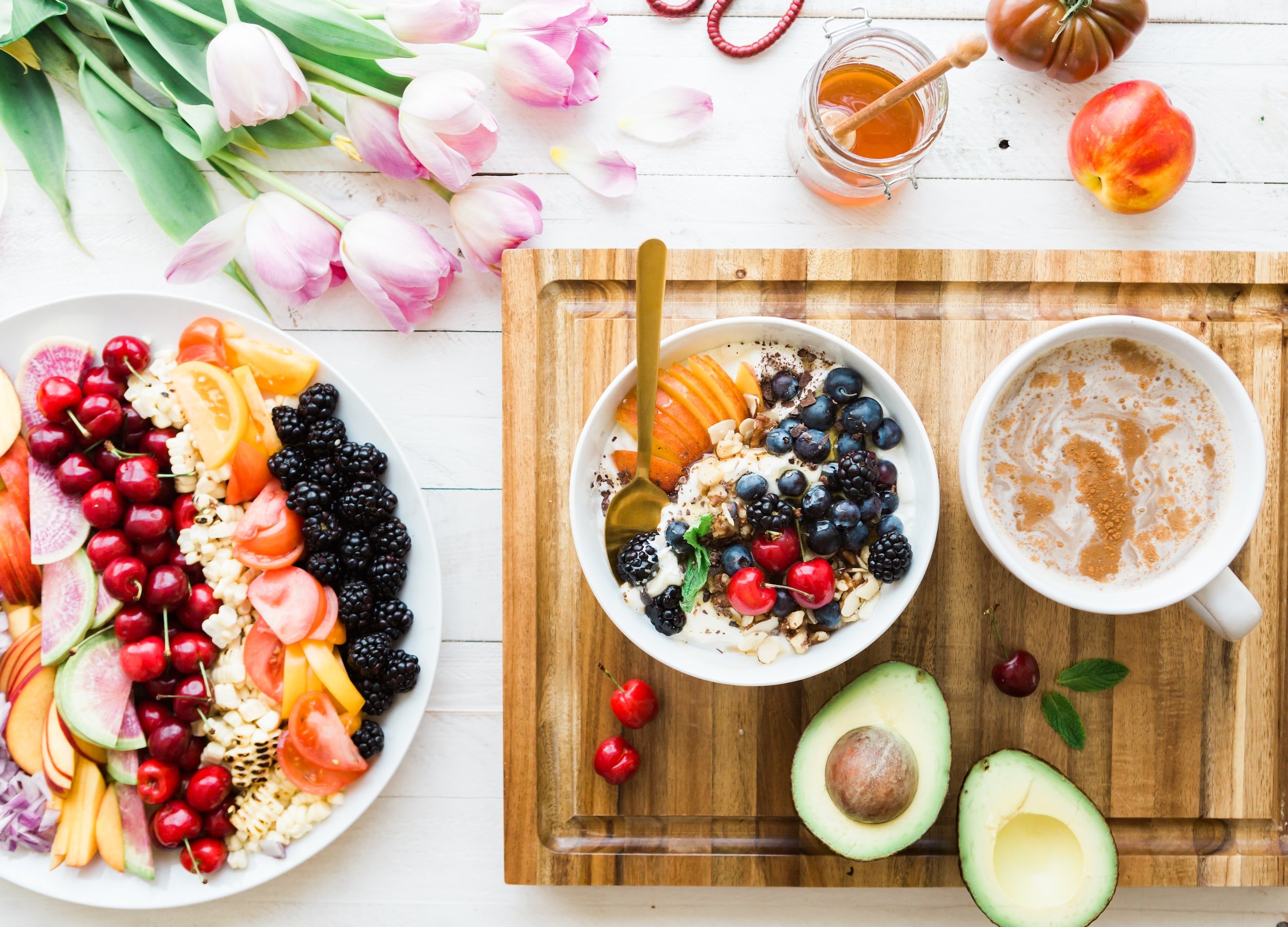Gout Arthritis (GA)
Gout arthritis (GA) is one of the most common types of inflammatory arthritis that characterised by intense pain, active inflammation symptoms, and swollen joints. It generally manifests as a single afflicted joint with red and severe pressure pain, especially when the first toe knuckles (metatarsophalangeal joints) are involved.
Prevalence
According to data, around 41.2 million prevalent cases of gout were identified in 2017 around the globe, which was a 7.2% increase from 1990. In China, it was found that there were 16.2 million cases of gout with men and women patients accounting for 12.1 million and 4.1 million respectively in the year 2019. We should pay more attention to gout arthritis, as the gout-onset age was found to be younger and younger.
Compared with 2002, the average age of onset of gout in 2021 decreased by 2.3 years (41.9±10.6 vs 39.6±14.0) in China.
Gout has become prevalent nowadays
Source: https://doi.org/10.1002/art.41404
Causes
High uric acid in the blood (Hyperuricaemia) is highly related to gout arthritis. Normally, uric acid dissolves in the blood and is excreted in the urine by the kidneys. However, sometimes the human body produces too much uric acid or the kidneys excrete too little uric acid. This can lead to the accumulation of uric acid, which can then form pointed, needle-like urate crystals in the tissue around a joint and cause swelling, discomfort, and inflammation. The Malmö Preventative Study showed that males with hyperuricemia had an absolute gout risk of 13.3% and women with an absolute gout risk of 17.7%.
Risk Factors
Purines are the fundamental elements of nucleotides required for the synthesis of DNA and RNA in mammalian cells. According to purine source analyses, the body contains almost two-thirds of endogenous purines (purines that are made directly by the body itself), with the remaining purines coming from foods being classified as exogenous purines.
Since uric acid is the ultimate product of purine catabolism in humans, the excessive consumption of food containing high-purine, including seafood and animal offal would increase the accumulation of uric acid in the body, in hence enhancing the chance of getting gout.
Have high-purine food
Usually, gout is more common in men than women as female sex hormones (estrogen) may protect against the development of gout arthritis by prompting renal clearance of uric acid. The incidence and prevalence of gout in females, nevertheless increase significantly after menopause.
Sex
Genetic association data for serum uric acid and gout was found. Loss-on-function or reduction-in-function of genes (like SLC22A12, SLC17A etc.) that involve handling and regulating the level of uric acid levels (renal urate-transport system) would increase the incident gout.
Genes
Consequences of getting gout arthritis
Gout is a painful form of arthritis. The increased uric acid causes the generation of gout crystals (Monosodium urate crystals or MSU crystals). The clinical symptom of gout is MSU crystal deposition in and around the first toe knuckles, knee, and fingers. When gout arthritis begins, it most commonly involves single or multiple joints in the lower extremities, with pain, redness (erythema) and swelling in the early morning, which makes people barely walk.

How to prevent it?
Although gout arthritis is proven to associate with genetics to some extent, the high consumption of purine foods can also increase the risk of getting gout. Therefore, here we commend that a healthy diet should be taken.
Food like red meat, seafood, and shellfish, as well as alcoholic beverages (especially beer), should take less as they would increase the risk of incident gout.
High intakes of sugar-sweetened soft drinks are related to a roughly sevenfold increased risk of prevalent gout so drinking fewer soft drinks may prevent the incidence of gout either.
Low-fat dairy products, vitamin C, vegetables and even coffee are beneficial in protecting against gout.



